1.5 Sources of and Changes in Power and Authority
7 min read•june 18, 2024
Isabela Padilha
Kelly Cotton
AP Comparative Government 🗳️
90 resourcesSee Units
These two topics of study should really be studied in conjunction with one another because they build upon one another. In topic 1.5 you need to be able to identify where power and authority come from in the core countries of the course( 🇨🇳 🇮🇷 🇷🇺 🇳🇬 🇲🇽 🇬🇧).
In topic 1.6 you are being asked to examine if the source of power and authority has changed in the course countries over time and why. You will also be asked to go one step further on the exam and, you guessed it, compare countries and their experiences or look for patterns that can be applied among countries.
Let's start with topic 1.5, sources of power. Power can come from constitutions, religions, military forces, political parties, legislatures, and popular support, but remember our focus also needs to be on how sources of power changed over time, and why.
Brief History of Each Course Country
Now you may be asking yourself, but how much history do I need to know in order to show changes in sources of power? You should have a general knowledge of where the power to rule originated and basic changes over time, but you don't need to memorize the timeline of history for any nation with meticulous detail, so relax! Just the basics in this case. So let's go over the basics before we move onto a discussion of authority.
- UK—The political system in Britain is influenced by its history, and it's a long history. The UK was once ruled only by the monarchy who had absolute power, but the UK has a very evolutionary history. Over time, the monarchy lost power through moments like the Magna Carta and the Glorious Revolution. When the monarchy was restored in the 17th century, its powers were severely restricted by Parliament. The monarchy has no decision-making power. The power rests entirely in the prime minister and the parliament.
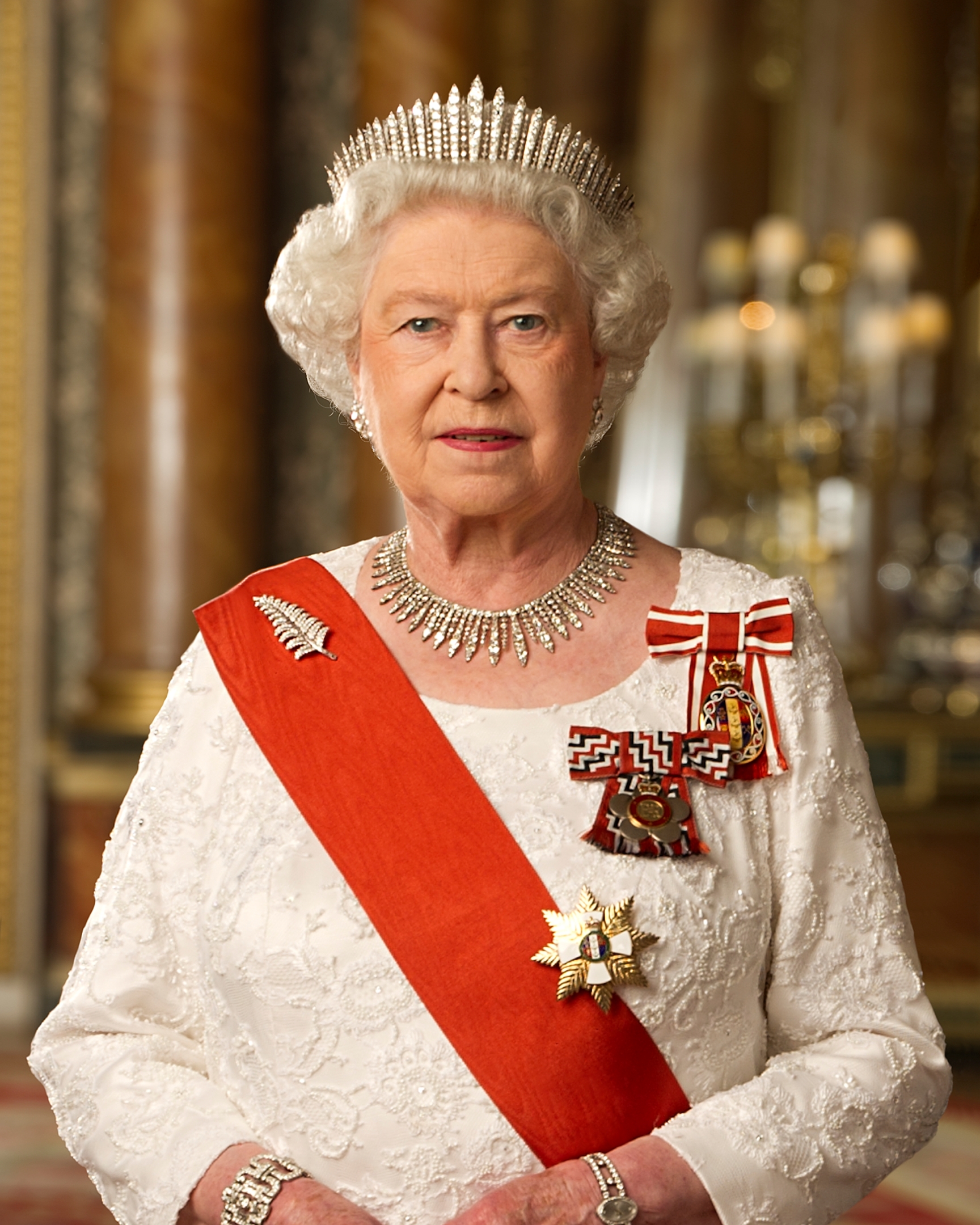
Queen Elizabeth; image Courtesy of Wikimedia Commons
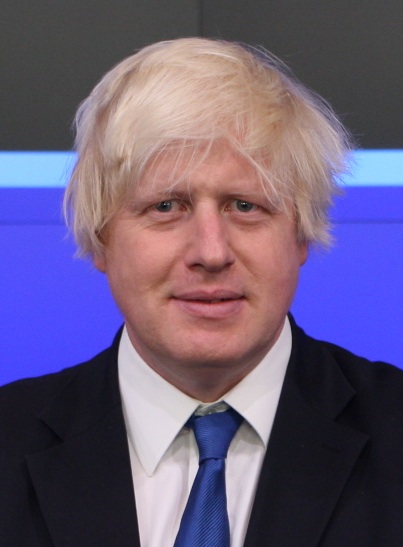
Prime Minister Boris Johnson; image courtesy of Wikimedia Commons
- Mexico—This country has had a chaotic history of revolution and violence. Mexico transitioned from Spanish control to independence, but that independence was primarily under military dictatorships through the 19th centuries. After the Revolution of 1910, there was instability that was often calmed by authoritarian regimes. However, as the 20th century has come to a close, Mexico has become an emerging democracy, exhibiting characteristics like free and fair elections and rule of law.
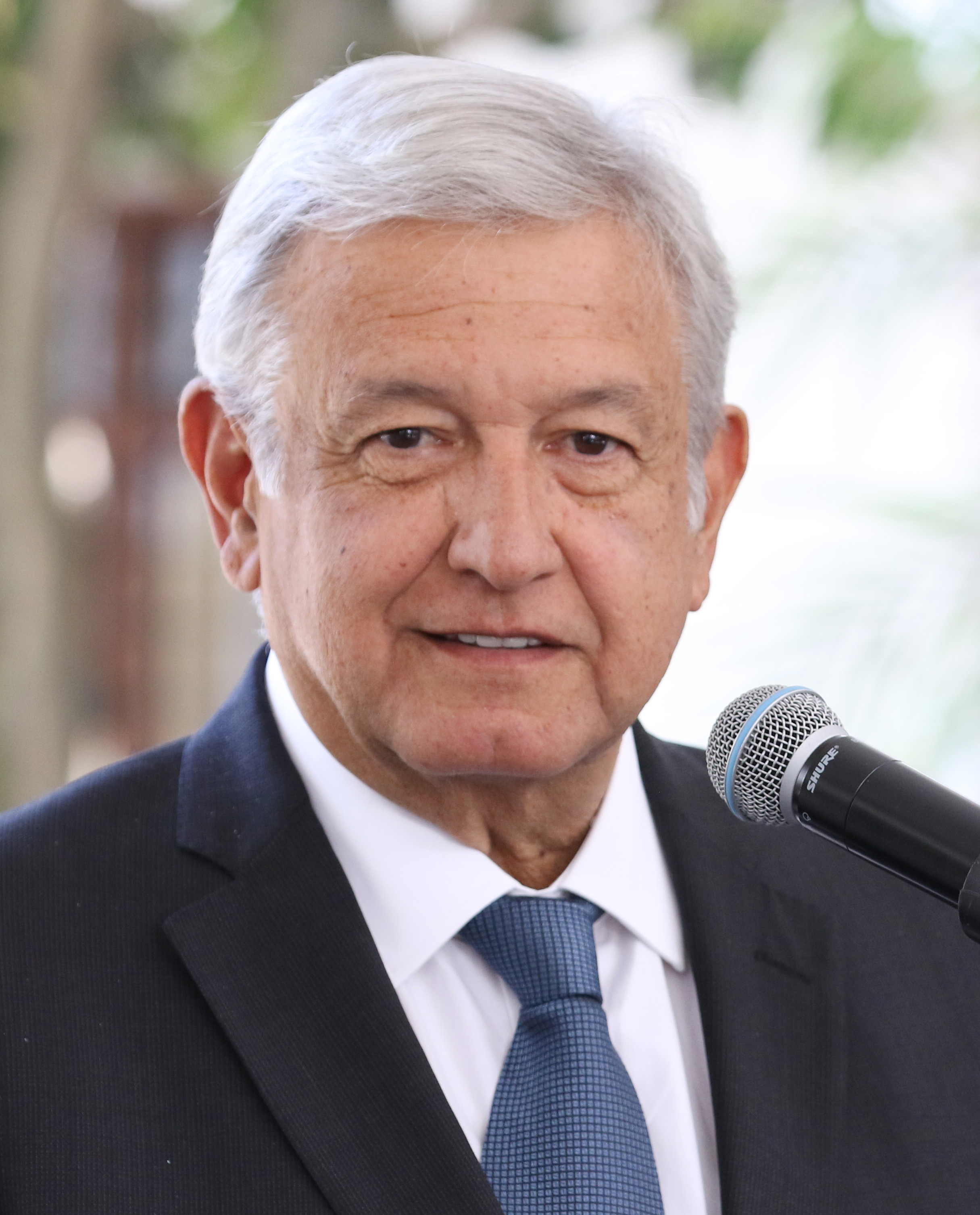
President Obrador; image Courtesy of Wikipedia
- Nigeria—This country has a long history of colonialism, having been under British rule until 1960. In 1960, however, they gained their independence. This has created a complex history in Nigeria, because on one hand the country was exposed to western beliefs like rule of law, but since independence has been gained, the military has been a tool to maintain control in the nation.
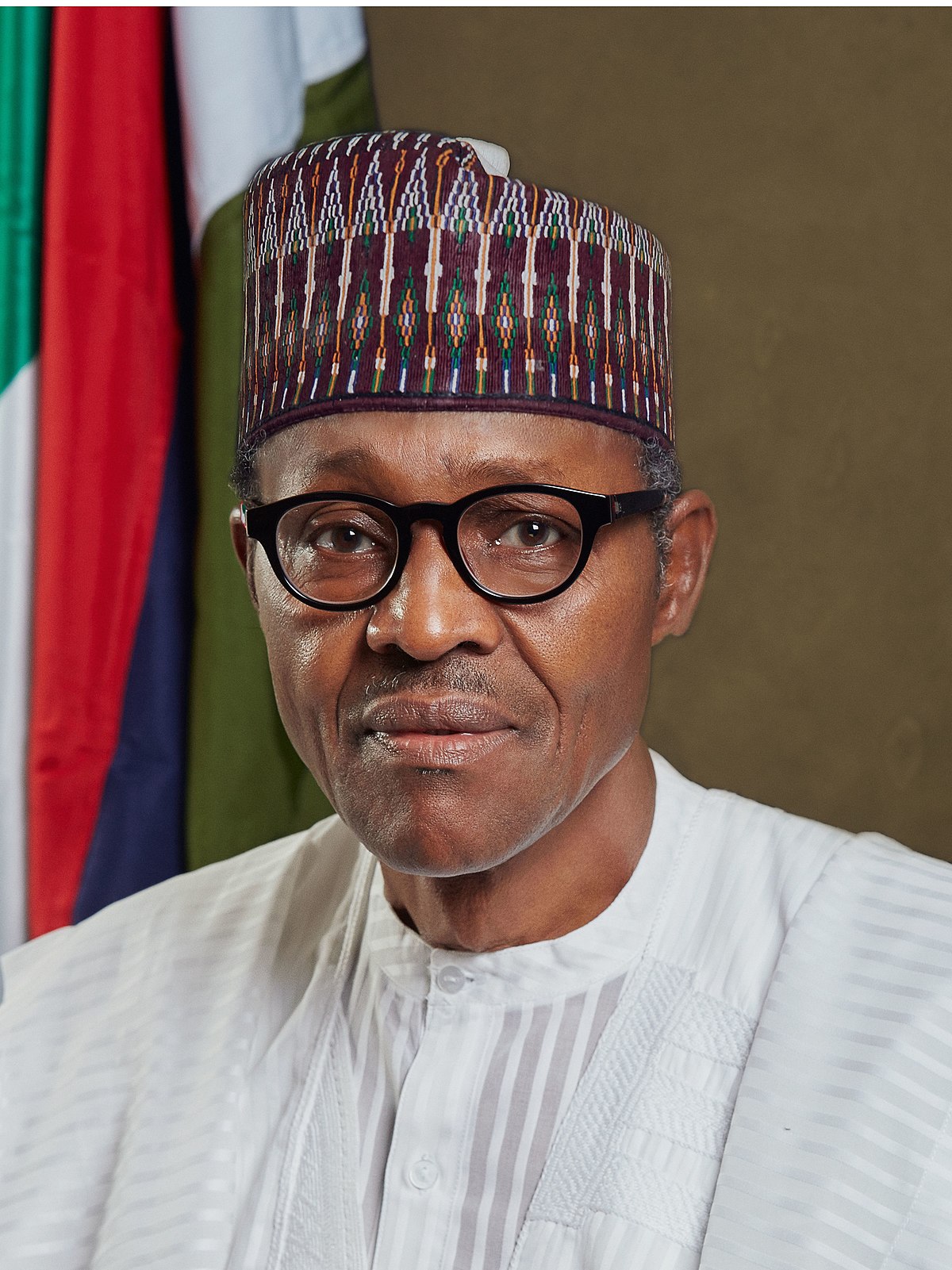
President Buhari; image courtesy of Wikipedia
- China—For centuries, dynastic rule influenced political, economic, and social culture in China. However, China was a victim of colonialism in the 19th century and revolution in the 20th century. The 20th century saw China become a communist nation under the leadership of General Mao. Authoritarian policies in regards to trade, education, and industrialization went through a period of reform under Deng Xiaoping, however there has been little move away from authoritarianism politically.
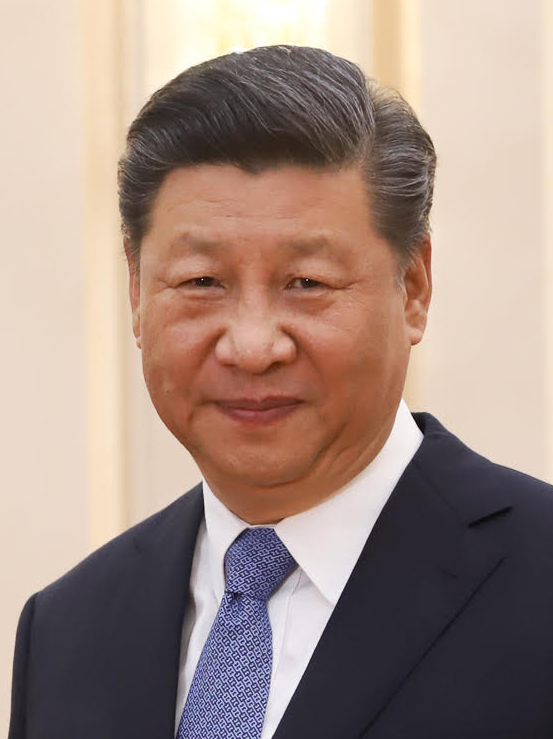
President Xi; image courtesy of Wikipedia
- Iran—A country of complex history, we can describe the history of this course country as "two histories at odds with one another." Iran has a long history with the religion of Islam, but its modern history is one of revolution that resulted in a western-style constitution that was modified after another revolution in 1979. Iran politically follows the principles of Shiism and a divine cleric, but this often clashes with the idea of the people's sovereignty, which was part of the constitution pre and post 1979.
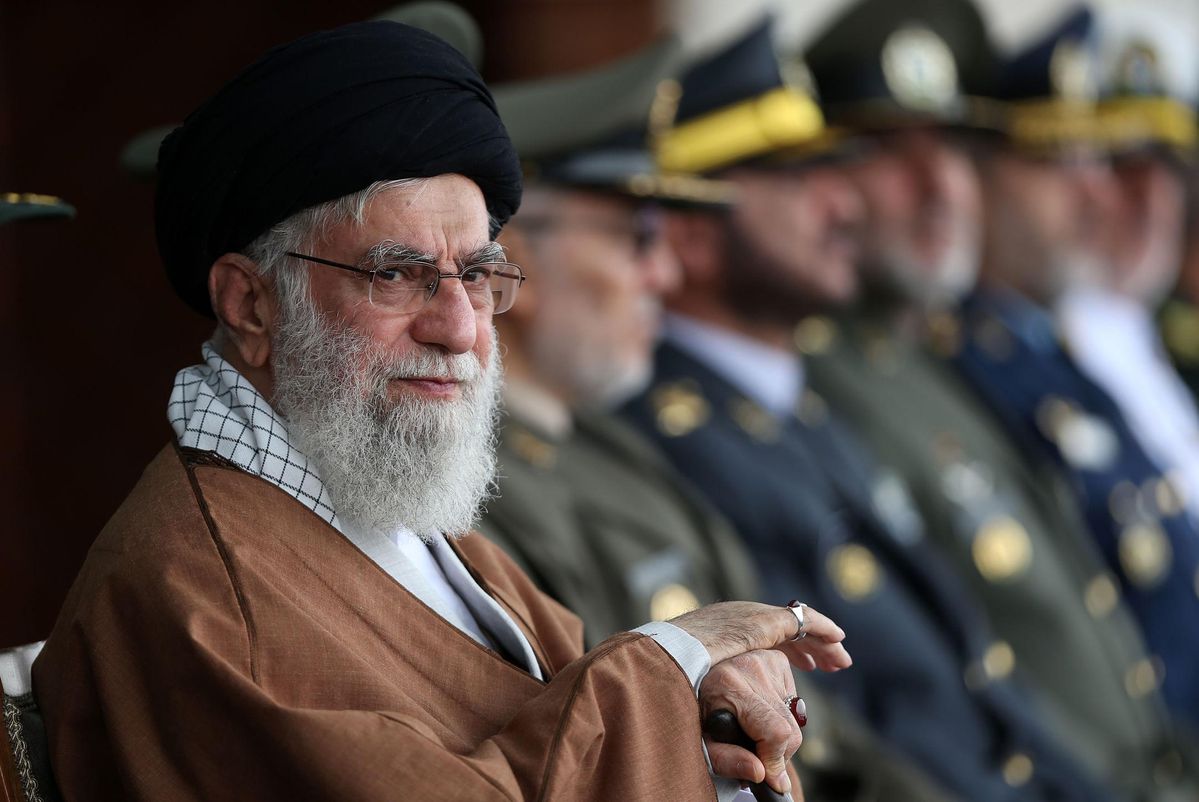
Supreme Leader Ali Khamenei; image courtesy of Forbes
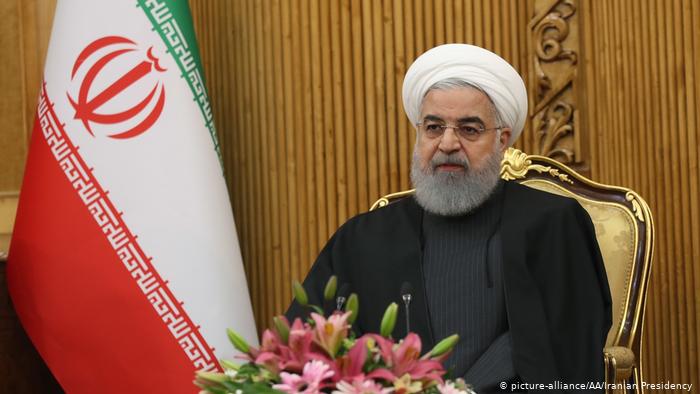
Iranian President Rouhani; image courtesy of DW
- Russia—Historically Russia was an autocratic nation, ruled by a tsar. In 1919, autocracy turned into dictatorship under the communist party. In 1991, the Soviet Union broke apart and Russia re-emerged. However, years of communist rule did not disappear, despite some move toward more democratic tendencies under Boris Yeltsin. However, any movement toward democracy has taken a step back under Vladimir Putin.
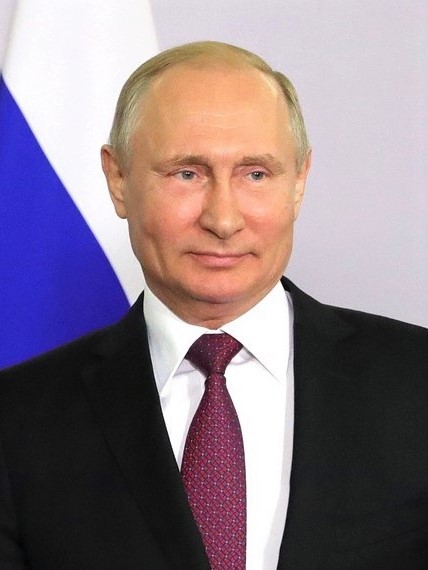
President Putin; image courtesy of Wikimedia Commons
These brief histories are important because in the CED you will see several examples of power and authority singled out. Power and authority need to come from somewhere, and the histories above will help you to understand those sources of power and authority.
The Different Sources of Power 💪
In this section we will go over the different sources of power and provide examples in each core country. These are the sources of power pointed out by the College Board, make sure you understand the concept of each of these and their role in maintaining power:
- Constitution - 📜 A set of rules and principles established on principles or precedents that a state must abide by.
- Example: In the United Kingdom, constitutional reforms allow for amends to be made to the document and provide stability over time.
- Religion - 🕌 Religion can have a powerful influence over people and societies. Religion can create a set of values that guide a community/group of people.
- Example: Iran is a theocracy ruled on the foundation of the Sharia law, which provides rules for of Muslim life which includes but is not limited to marriage, business transactions, and inheritance. In Iran, the Sharia law exercises power over people and their daily lives.
- Military forces - 🪖It refers to the ability of a group to impose power through military control. This can happen within borders or across borders. Military forces can impose auhtority through several ways, such as the use of military force, the threat of military force and/or the presence of the military.
- Example: Nigeria's military dictatorships have used coercion to threaten the population and impose power. It highly limited civilians' political power as well as their rights and liberties.
- Legislature - 📚The power of the legislature can vary from country to country. However, this body holds immense power as it can basically shape the political direction of a nation.
- Example: The political elites in Russia have helped to maintain the power of the one-party system by passing election rules that favor those already in power.
- Popular support - 💬 It refers to the degree in which one particular individual or group is endorsed by the people. It has a great influence in politics, as popular support can shape the decision of government and other organization.
- Example: Through the process of clientelism the PRI party in Mexico has boosted popular support to remain in power.
💡Clientelism is the process in which politicians offer benefits, services, goods to supporters in exchange for their loyalty and support.
Changes in Source of Power
The CED is very clear with the examples of power and authority in each of the course countries, and when College Board takes the time to provide you examples, you need to know those examples! Let's go over them together.
- The UK 🇬🇧—Several changes in regards to authority over time. Once authority lie with a King via divine right, but as time went on authority shifted from the monarchy to parliament, and more directly the people as a result of constitutional reforms.
- Mexico 🇲🇽 and Nigeria 🇳🇬—We have discussed several times how these authoritarian regimes are becoming more democratic and can be seen as emerging democracies. One source of legitimacy for regimes in recent times has been multi-party elections in which different parties have won power as a result of free and fair elections.
- China 🇨🇳—Authority rests with the Communist Party's control over the military, and this, in turn, provides power and authority to maintain regime stability.
- Iran 🇮🇷—Authority used to rest with a dictator, in fact it was a Shah or a King that had the authority to rule, but in 1979 there was a revolution and the authority shifted to religious leaders, which still remains today!
- Russia 🇷🇺—Authority rests with the political elite's back of a strong President, so in this case it is the support of the elite, not election results that provides the authority for the President to have such power.
One last thing before we leave this particular topic: differences in the way authority is maintained by democratic and authoritarian regimes. Democratic 🙋🏾♀️ regimes tend to evolve slowly over time, using non-violent means like elections. In authoritarian 👑 regimes we often see sudden changes as a result of revolution or coups d e'tat (military takeovers). So once again, be sure to study the examples above as they illustrate some of the differences between democratic 🙋🏾♀️ and authoritarian 👑 regimes! However, charts are always helpful so here is another to help you remember if the course countries have evolved or faced sudden changes.
Overview of Changes
| Country | Type of Change | Examples |
| UK | Evolution/Change in political institutions through changes to laws and political tradition | The Britain today did not come from sudden change but years of steady evolution of the political system. The monarchy slowly relinquished power through changes in British law and tradition. |
| Mexico | Sudden/Change through Revolutions | Revolution of 1910 |
| Nigeria | Sudden/Change through Coup d e tats led by the military | Numerous military coups, some encouraged by the people when they felt regimes needed to be corrected |
| China | Sudden/Revolution | Communist Revolution |
| Iran | Sudden/Revolution | Revolution of 1979 |
| Russia | Sudden/Revolution | Communist Revolution 1919/Collapse of the Soviet Union 1991 |
Browse Study Guides By Unit
👑Unit 1 – Political Systems, Regimes, & Governments
⚖️Unit 2 – Political Institutions
🙋♀️Unit 3 – Political Culture & Participation
🐘Unit 4 – Party, Electoral Systems, & Citizen Organizations
🏗Unit 5 – Political & Economic Changes & Development
🤔Exam Skills
📚Study Tools

Fiveable
Resources
© 2025 Fiveable Inc. All rights reserved.